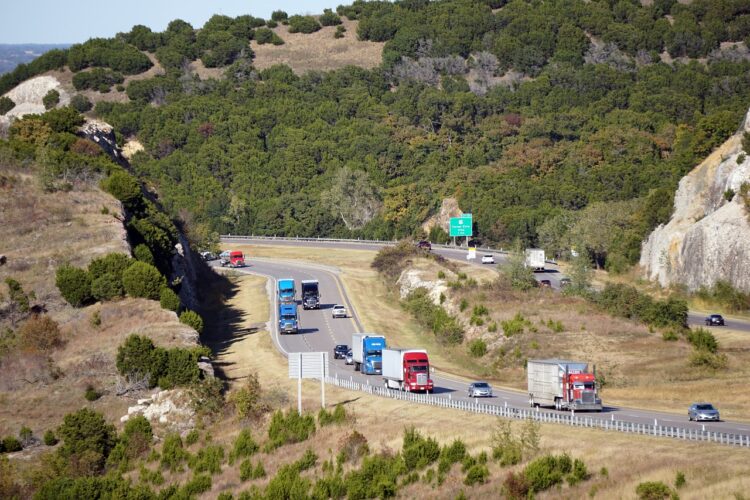
Often called the “Sooner State,” and also known as the “Land of the Red Man” and “Native America,” Oklahoma became the 46th state in the U.S. on November 16, 1907. Its capital, Oklahoma City, sits right in the center of the state. Let’s dive into 15 things you might not know about Oklahoma.
Oklahoma Was the Site of a Historic Land Rush
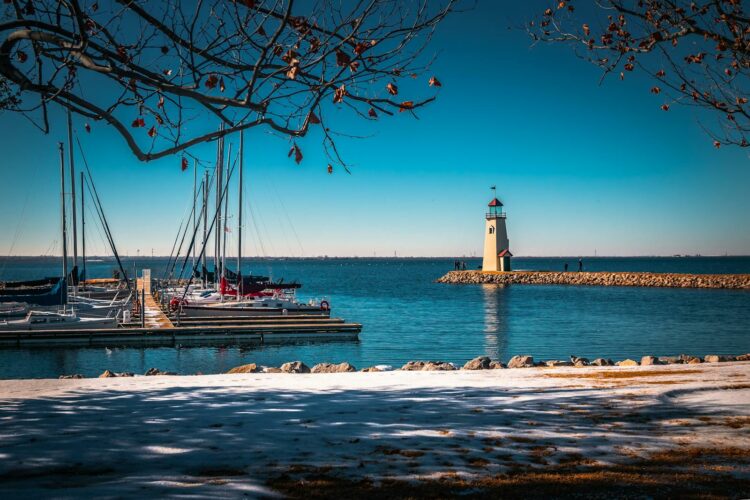
On April 22, 1889, thousands of eager settlers lined up at the edge of the Oklahoma Territory, just itching for the signal to race in and claim their land. In a single day, Oklahoma City sprang up from the prairie, with 10,000 new folks setting up camp and marking their plots. This land rush was a wild and adventurous chapter in America’s westward expansion.
The State’s Name Comes from the Choctaw Language
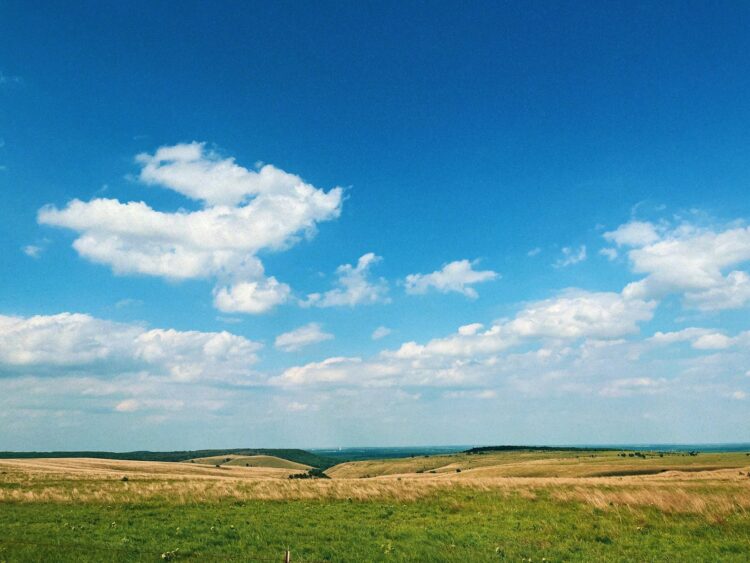
The name “Oklahoma” comes from the Choctaw language—highlighting the state’s deep Native American roots. It combines “okla,” which means people, with “humma,” a word that can mean red, honorable, or brave. Despite what some might think, the name doesn’t directly translate to “Red People.” Instead, it carries a richer meaning, suggesting an “honorable nation” or “brave people,” and honors the strength and dignity of the Choctaw Nation.
Tornado Alley’s Headquarters
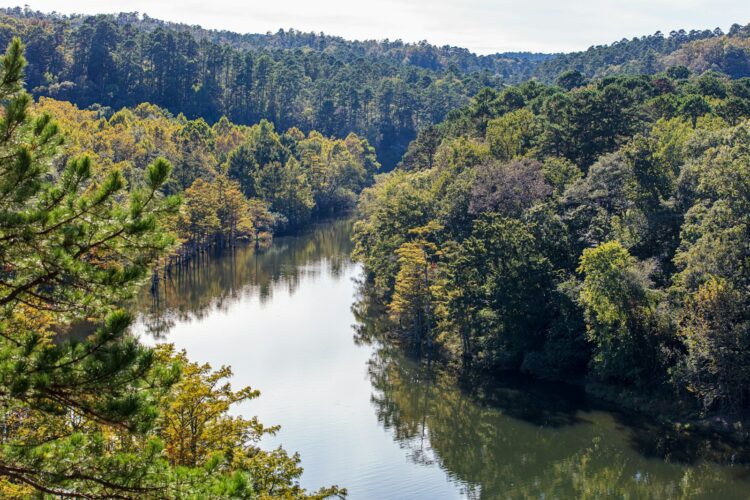
Oklahoma sits right in the middle of Tornado Alley, a region known for its frequent tornadoes. Each year, the state sees around 62 tornadoes—thanks to its spot where cold northern winds meet moist air from the Gulf of Mexico. This combination makes for the perfect tornado-making conditions, which can be both unique and devastating.
Unique Acoustic Phenomenon in Tulsa
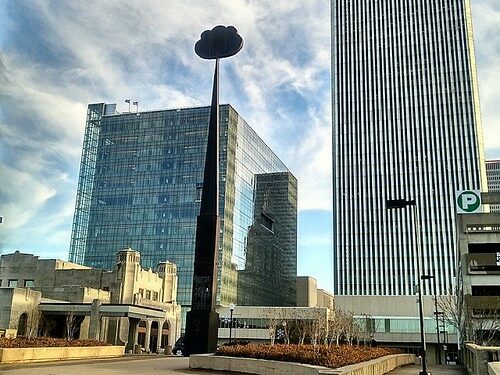
Tulsa’s “Center of the Universe” is a quirky and fascinating place. It’s a small concrete circle surrounded by a larger ring of bricks. If you stand in the middle and talk, your voice gets amplified and sounds a bit strange in a way that has experts scratching their heads. Although the exact reason for this odd acoustic effect isn’t fully clear, many think it’s because the surrounding structures reflect sound waves in a unique way.
The State Capitol Has an Oil Well Underneath
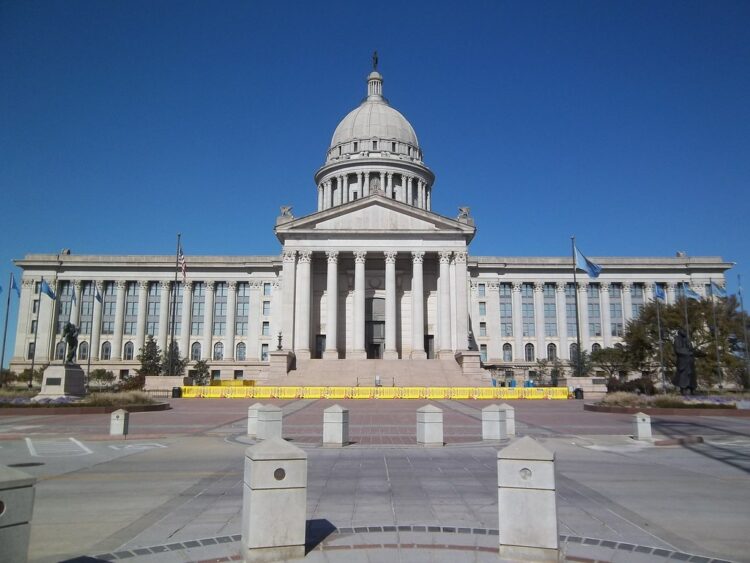
Oklahoma City’s Capitol building has a surprising secret—an oil well right underneath it! Known as “Petunia Number One,” this well was drilled in the early 20th century and ran for 43 years, pulling out around 1.5 million barrels of oil. The well highlights Oklahoma’s big role in the oil industry and stands as a reminder of the state’s valuable natural resources that have shaped its history and economy.
The First Europeans Were Spanish Conquistadors
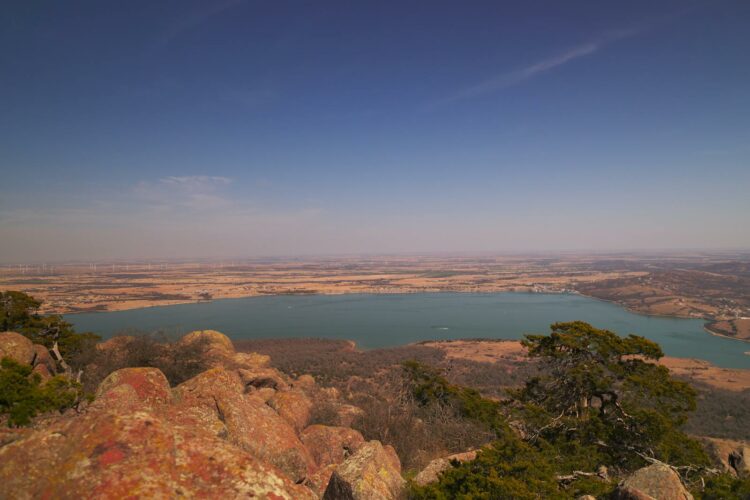
Spanish explorer Francisco Vázquez de Coronado was one of the first Europeans to explore what is now Oklahoma. In 1540, he set out from Mexico on a quest for fabled golden cities. While he didn’t find any treasure and his journey ended up being a bust—his trip marked the start of European exploration in the region. His meetings with various Native American tribes gave early European accounts of the area.
Oklahoma Was Once Controlled by France and Spain
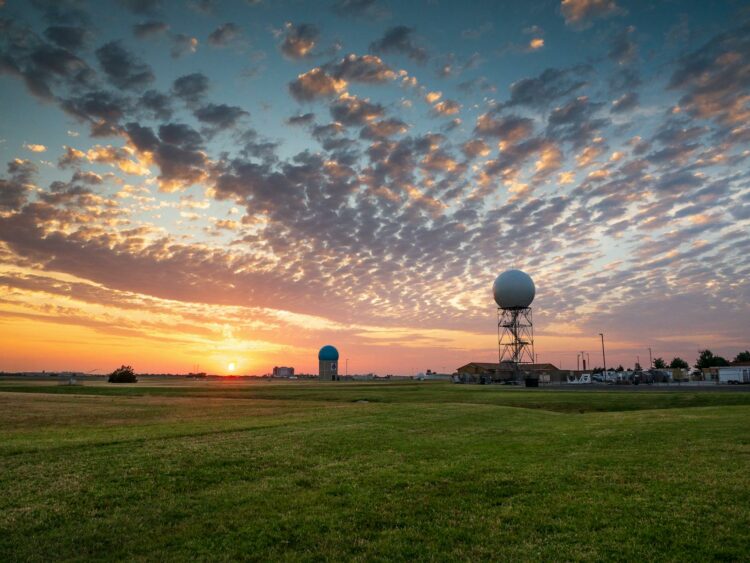
Before joining the United States, Oklahoma was controlled by both the French and the Spanish. In 1682, French explorer René-Robert Cavelier claimed the area for France as part of La Louisiane. After the French and Indian War in 1763, a treaty transferred control to Spain. Spain held onto the land until the early 1800s when the United States snagged it through the Louisiana Purchase. This European history adds an interesting layer to Oklahoma’s rich past.
The Musical Inspiration
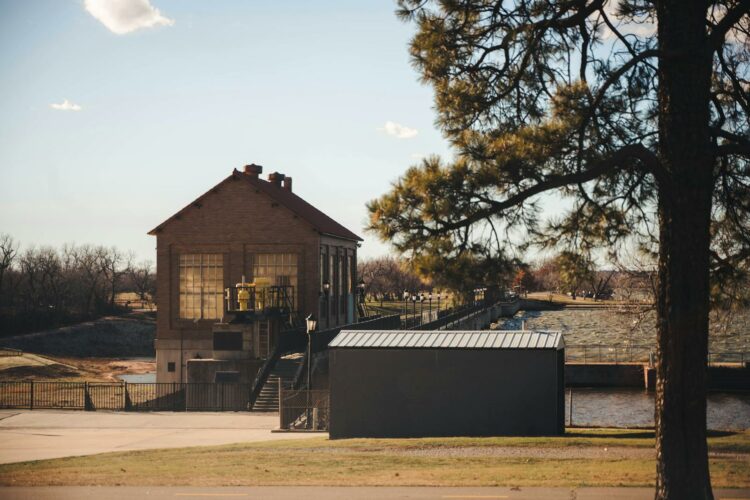
Ever heard of the famous Rodgers and Hammerstein musical Oklahoma!? That iconic show isn’t just a Broadway classic—it’s actually named after the state of Oklahoma! The musical became such a super hit that it earned the title of the official state song. It’s a great tribute to the state’s cultural flair and musical legacy.
Historic Native American Presence
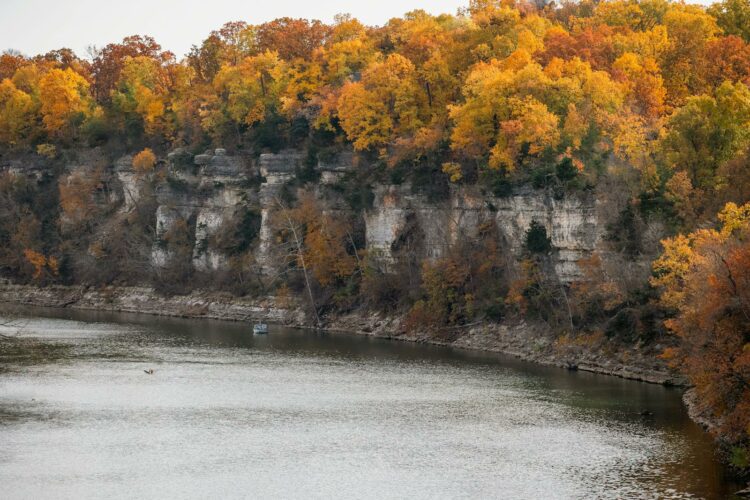
Oklahoma’s history stretches way back (about 11,000 years), with the Paleo-Indians being some of the earliest people to call it home. These ancient people were hunter-gatherers and left behind cool stuff like spear tips and old campgrounds. Over the centuries, various Native American tribes moved into Oklahoma—each adding their unique touch to the state’s rich cultural blend.
An Unlikely Space Junk Story
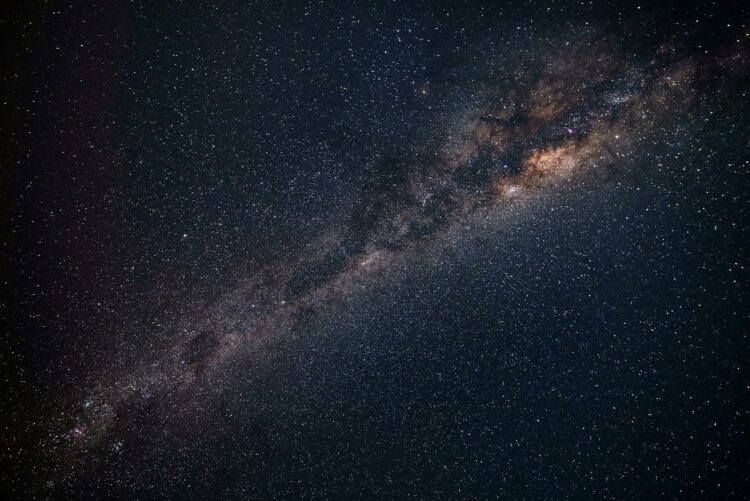
On January 22, 1997, Lottie Williams from Tulsa made an unexpected splash in space history when a piece of space debris hit her. A small fragment from a NASA rocket—which had survived re-entry through Earth’s atmosphere, fell right as Lottie was out for a walk. The debris, just a tiny piece, brushed past her but didn’t hurt her. The story is still a fascinating and quirky piece of history.
Oklahoma’s Official State Meal is a Feast
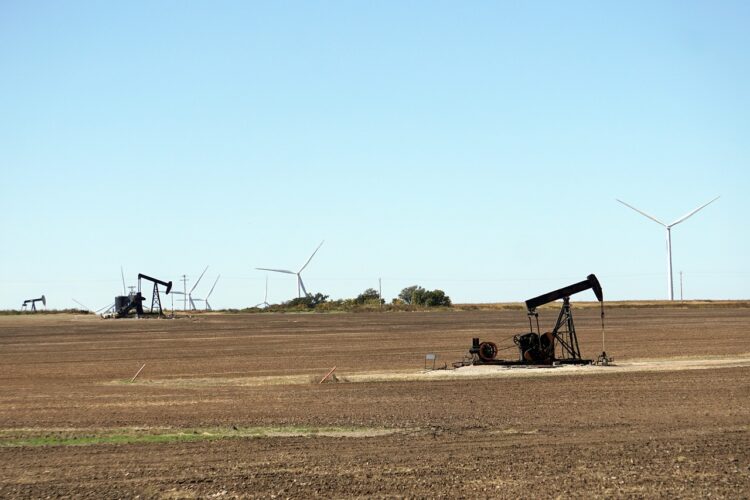
Oklahoma takes its state meal very seriously, serving up a hearty spread of Southern comfort foods. Officially recognized in 1988, the state meal features chicken-fried steak, barbecue pork, and sausage with biscuits and gravy, plus sides like okra, corn grits, and black-eyed peas. It wraps up with strawberries and pecan pie, creating a calorie-packed feast that showcases the state’s rich culinary traditions.
The State’s Rich Native American Culture
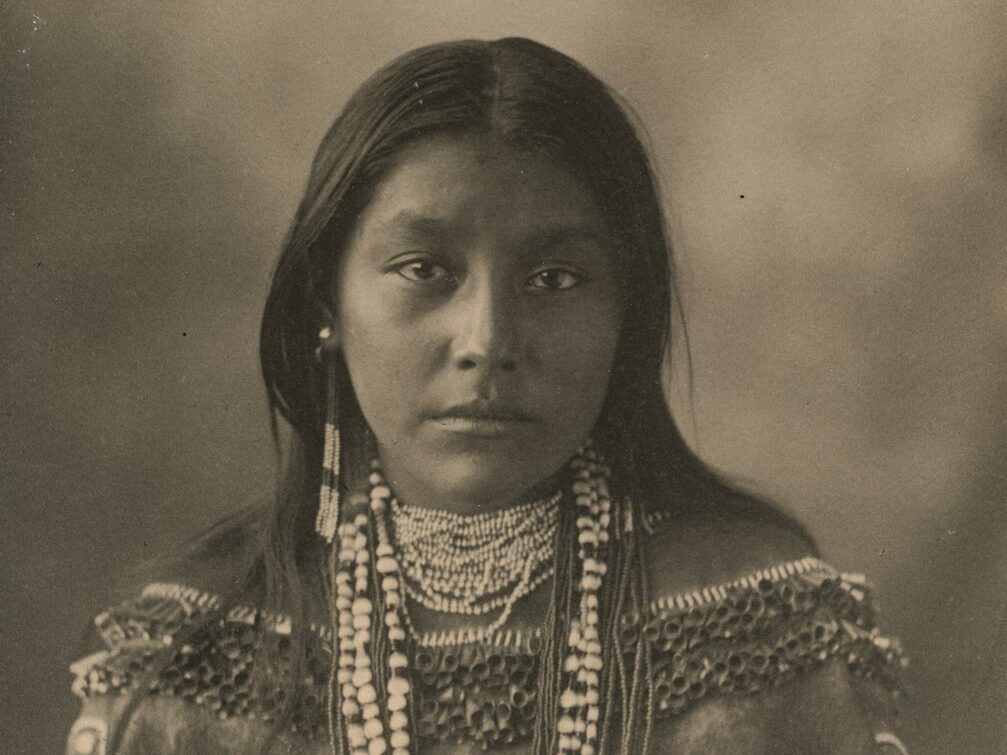
Before Europeans settled in Oklahoma, the area was a lively hub of Native American cultures. Tribes like the Wichita and Caddo flourished here, creating their own unique traditions and ways of life. Even after the forced relocations of the 19th century, many Native American tribes still call Oklahoma home—keeping their cultural practices alive and adding to the state’s rich heritage.
The State’s Nickname Origin
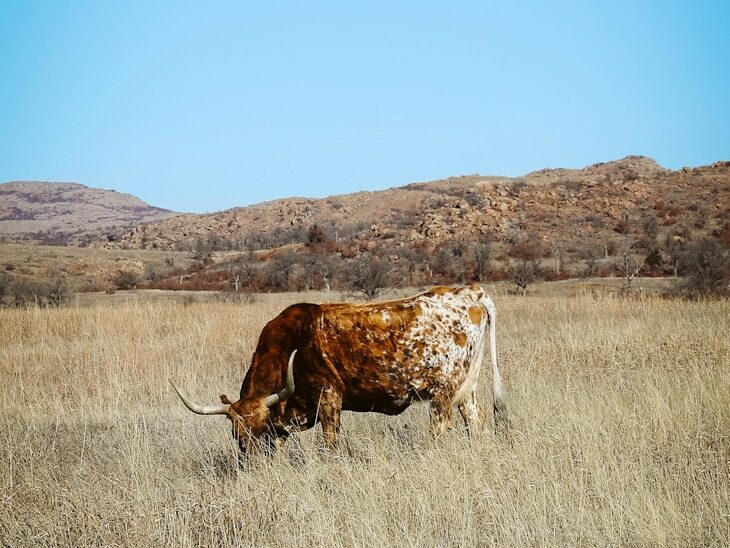
The nickname “Sooner State” comes from the land rush days when settlers who jumped the gun and snuck into the territory before the official start time were called “Sooners.” These early birds grabbed their land before everyone else—giving the state its nickname and showing off the bold, sometimes rule-bending spirit of its early settlers.
More Man-Made Lakes than Any Other State
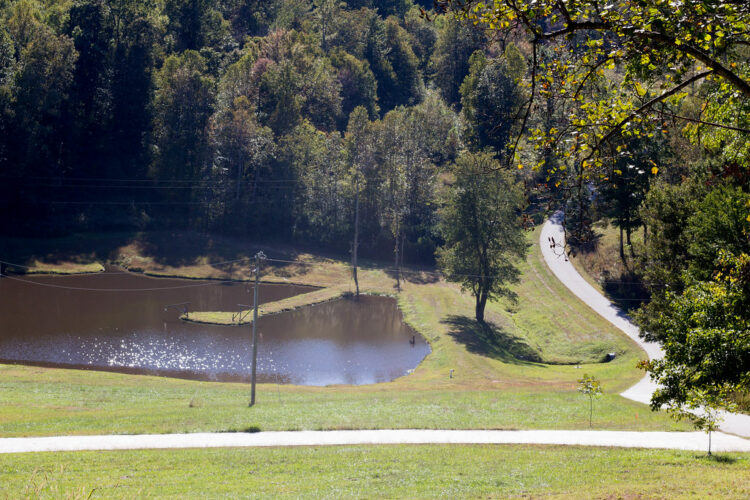
The state boasts more man-made lakes than anywhere else in the country, spreading across over one million surface acres. These lakes are perfect for fishing, boating, and just soaking up the great outdoors. Whether you’re into water sports or just want to kick back and chill by the water—Oklahoma’s got you covered with its impressive collection of lakes.
The State Has a Unique Historic Tradition
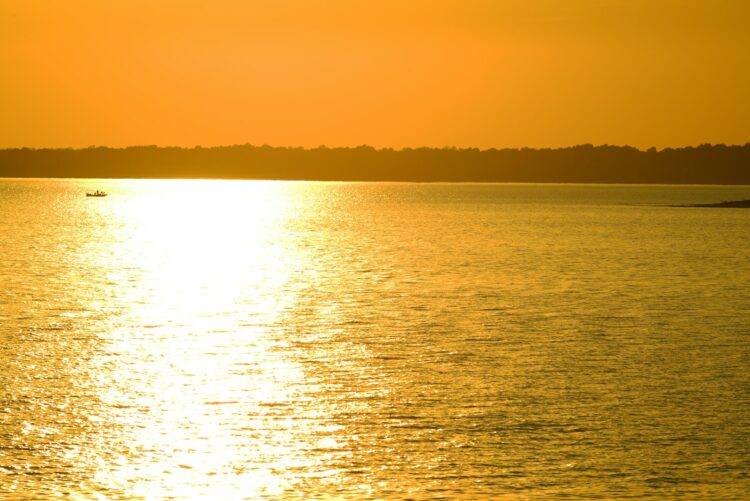
Oklahoma’s unique traditions go beyond its famous historical events and natural wonders. From the thrilling land rush days and deep Native American roots to quirky spots like the Center of the Universe—the state is full of interesting stories and cultural oddities. These elements weave together a colorful tapestry that gives Oklahoma its one-of-a-kind charm and character.

